India’s stance on the e-commerce moratorium faces scrutiny as the WTO’s 13th ministerial conference approaches. Since the Narendra Modi government’s decision to extend the moratorium on electronic transmissions for two more years, questions have arisen about the country’s commitment to safeguarding its digital trade interests.
At the 12th ministerial conference in Geneva in June 2022, India’s decision to extend the moratorium came as a surprise to many, given the potential benefits of terminating it. Critics argue that extending the moratorium could result in significant revenue losses for developing countries, hindering their digital industrialization efforts.
As the WTO’s 13th ministerial conference approaches, digital trade lobbyists are expected to intensify their efforts. The US Senate Finance Committee and G7 trade ministers have already expressed support for maintaining the moratorium, emphasizing its importance for digital trade.
However, concerns have been raised about the double standards of advanced countries regarding e-commerce tariffs. While advocating for the removal of tariffs on e-commerce, these countries maintain tariffs as a legitimate tool in other trade sectors.
UNCTAD has long argued for the removal of the WTO moratorium on electronic transmissions, citing potential tariff revenue losses for developing countries. However, recent developments suggest a shift in UNCTAD’s stance, aligning more closely with that of advanced countries.
The joint report by UNCTAD, IMF, OECD, World Bank, and WTO on ‘Digital Trade for Development’ supports the continuation of the moratorium, citing potential revenue losses as a small fraction of overall government revenue. However, critics argue that this overlooks the disproportionate impact on developing countries’ tariff revenue.
Many questions remain unanswered regarding the implications of the moratorium on developing countries’ digital transformation efforts. Concerns have been raised about the lack of regulatory capacity in developing countries to monitor electronic transmissions, as well as the potential adverse effects on small and medium-sized enterprises (SMEs) in the digital sector.
As countries strive to achieve their Sustainable Development Goals, the removal of the moratorium could provide a much-needed source of revenue for governments. It could also help bridge the gender digital divide and protect SMEs in the digital sector.
In conclusion, the decision on the e-commerce moratorium carries significant implications for developing countries’ digital trade interests. It remains to be seen whether India will maintain its stance on terminating the moratorium or align with the Biden Administration’s push for its continuation.
Your go-to for supply chain report news updates: The Supply Chain Report. For international trade tools, see ADAMftd.com.
#India #EcommerceMoratorium #DigitalTrade #WTO #DevelopingCountries #SustainableDevelopmentGoals #ElectronicTransmissions #UNCTAD #IMF #OECD #WorldBank #DigitalIndustrialization #SMEs #TradePolicy #Tariffs #GenderDigitalDivide













